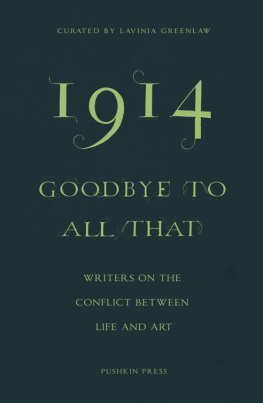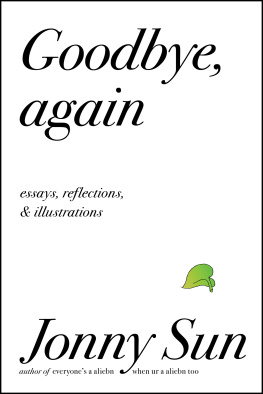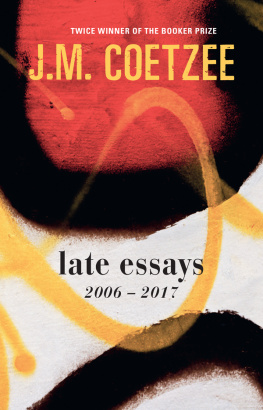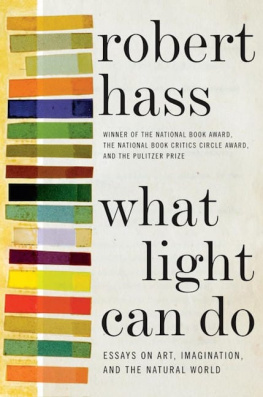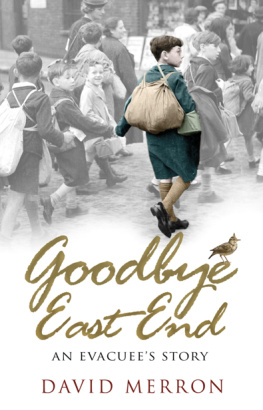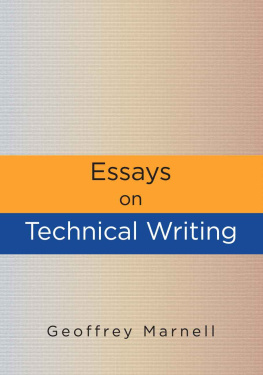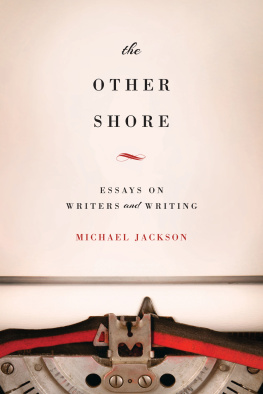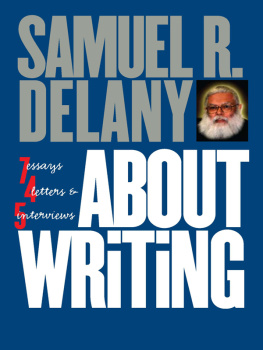O NE OF MY grandfathers was old enough to fight in the First World War. Bill was the son of a Scottish railway clerk and the first of his family to go to university. He was at Aberdeen, reading Classics when, along with three of his four brothers, he enlisted with the Gordon Highlanders. One was killed, one lost a leg, one was made deaf and Bill had his lower lip shot off. Can you imagine a narrower escape?
On his return, Bill endured pioneering plastic surgery which involved flesh from his chest being grown from a flap of skin into a pedicle, which was attached to his mouth in order to regenerate it. He was one of only two in his class to survive the war, and both decided to become doctors, Bill undergoing the last of his surgery during the first year of his training. He died of pneumonia when my father, his youngest child, was eighteen months old. My father became a doctor, too.
The First World War changed the course of life. It also changed the course of lives to come. A hundred years on, it is still in sight but has slipped out of reach. The gap opening up between present and past is full of reverberations, something of which this collection of essays takes as its starting point. What does it mean to have your life and your identity as an artist shaped by conflict? I didnt want writers simply to return to the past but to formulate and reinvigorate questions we should never stop exploring. They were asked to consider the loss of literary innocence or ideals, the discovery of new ones, the question of artistic freedom, and what it means to embrace new imperatives or to negotiate imposed expectations.
While we all know this conflict as a world war, few of us are aware of the true extent of global involvement that political repercussions, complex allegiances and colonial grip incurred. The countries listed as participants range from China to Liberia, Alaska to Romania. In order to reflect something of this, I decided to ask ten writers from different countries involved in the War to contribute. Each has their own experience to bring to bear of the tensionsfruitful or notbetween life and art, and how these are amplified by all kinds of conflict.
Ali Smith
ALI SMITH was born in Inverness in 1962 and now lives in Cambridge. She is the author of Artful, There but for the, Free Love, Like, Hotel World, Other Stories and Other Stories, The Whole Story and Other Stories, The Accidental, Girl Meets Boy and The First Person and Other Stories. Her retelling of Sophocles Antigone is published by Pushkin Childrens Books.
T HERE WAS A MAN who had two sons. And the younger of them said to his father, Father, give me the share of property that is coming to me.
Did you know about this? I say to my father. There was a German linguist who went round the prisoner-of-war camps in the First World War with a recording device, a big horn-like thing like on gramophones, making shellac recordings of all the British and Irish accents he could find.
Oh, the first war, my father says. Well, I wasnt born.
I know, I say. He interviewed hundreds of men, and what hed do is, hed ask them all to read a short passage from the Bible or say a couple of sentences or sing a song.
My father starts singing when he hears the word song. Oh play to me Gypsy. That sweet serenade.
He sings the first bit in a low voice then the next bit in a high voice. In both hes wildly out of tune.
Listen, I say. He made recordings that are incredibly important now, because so many of the accents the men speak in have completely disappeared. Sometimes an accent would be significantly different, across even as little as the couple of miles between two places. And so many of those dialects have just gone. Died out.
Well girl thats life int it? my father says.
He says it in his northern English accent still even though he himself is dead; I should make it clear here that my fathers been dead for five years. We dont tend to talk much (not nearly as much as I do with my mother, whos been dead for nearly twenty-five years). I think this might be because my father, in his eighties when he went, left the world very cleanly, like a man who goes out one summer morning in just his shirtsleeves knowing he wont be needing a jacket that day.
I open my computer and get the page up where, if you click on the links, you can hear some of these recorded men. I play a couple of the Prodigal Son readings, the Aberdonian man and the man from somewhere in Yorkshire. The air round them cracks and hisses as loud as the dead mens voices, as if its speaking too.
So I want to write this piece about the first war, I tell my father.
Silence.
And I want it to be about voice, not image, because everythings image these days and I have a feeling were getting farther and farther away from human voices, and I was quite interested in maybe doing something about those recordings. But it looks like I cant find out much else about them unless I go to the British Library, I say.
Silence (because he thinks Im being lazy, I can tell, and because he thinks what Im about to do next is really lazy too).
I do it anyway. I type the words First World War into an online search and go to Images, to see what comes up at random.
Austrians_executing_Serbs_1917.JPG.
Description:
English: World War 1 execution squad.
Original caption: Austrias Atrocities. Blindfolded and in a kneeling position, patriotic Jugo-Slavs in Serbia near the Austrian lines were arranged in a semicircle and ruthlessly shot at a command.
Photo by Underwood and Underwood. (War Dept.)
EXACT DATE SHOT UNKNOWN NARA FILE:
165- WW -179 A -8 WAR & CONFLICT BOOK NO . 691
(Released to Public).
Theres a row of uniformed men standing in a kind of choreographed curve, a bit like a curve of dancers in a Busby Berkeley. Theyre holding their rifles three feet, maybe less, away from another curved row of men facing them, kneeling, blindfolded, white things over their eyes, their arms bound behind their backs. The odd thing is, the men with the rifles are all standing between two railway tracks, which curve as well, and they stretch away out of the picture, men and rails, like it could be for miles.
It resembles the famous Goya picture. But it also looks modern, because of the tracks.
Theres a white cloud of dust near the centre of the photo because some of these kneeling men are actually in the process of being shot as the photos being taken ( EXACT DATE SHOT ). And then there are the pointed spikes hammered in the ground in front of every one of the kneeling prisoners. So that when you topple the spike will go through you too. In case youre not dead enough after the bullet.

